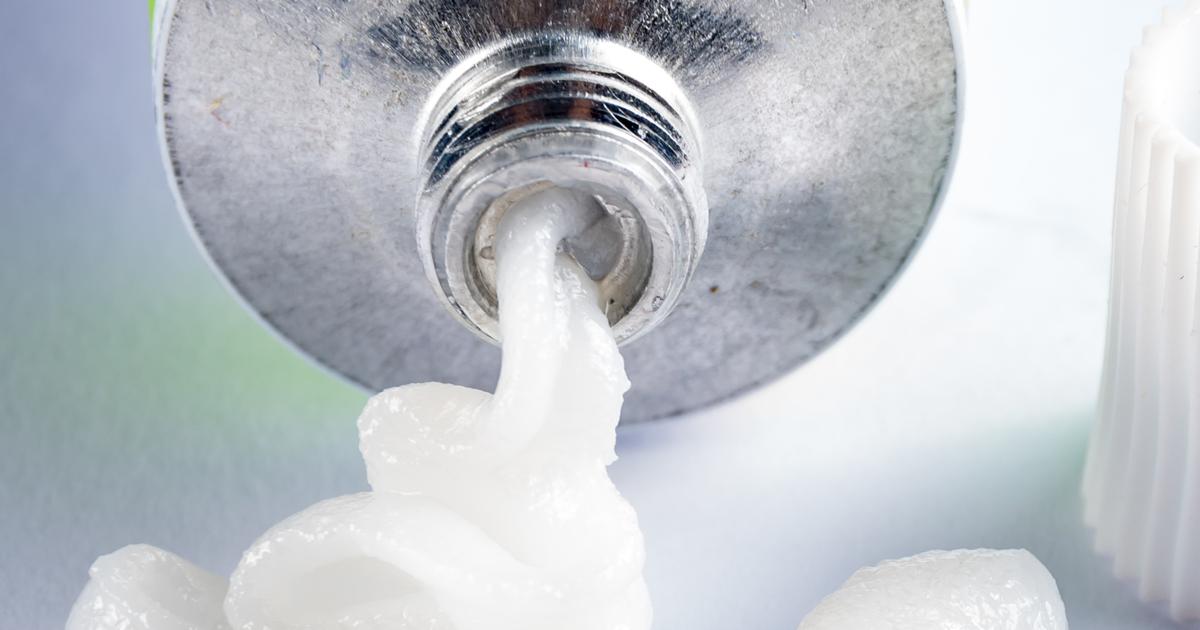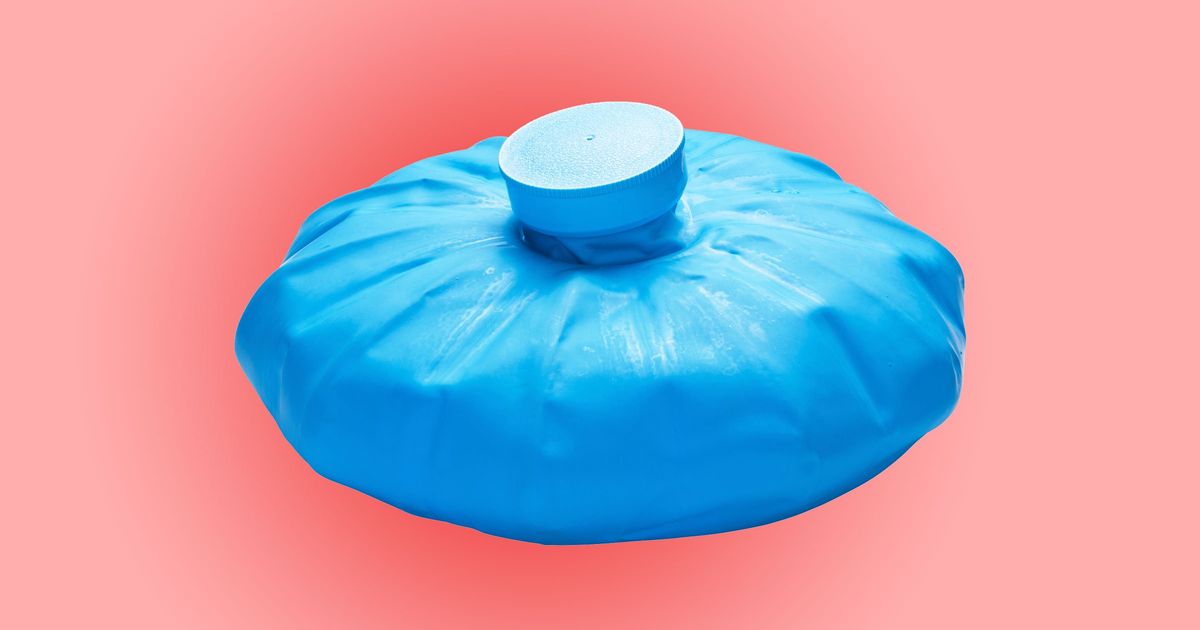How To Treat A Black Toenail
Our toenails are naturally a white or cream color, though they can change for many reasons. If an individual regularly uses nail polish, their nails may become a little more yellow due to staining. Other causes of nail color changes include trauma, infection, and nutritional deficiencies. Multiple things can make a toenail turn black, and while some of these conditions resolve themselves, others may require treatment.
If an individual's toenail doesn't seem to be returning to its normal color within a few days, they should talk to a doctor to rule out potentially serious issues. Treatment for a black toenail depends on the underlying cause. If unsure about what the underlying cause is, patients should talk to a doctor before trying to treat the condition themselves.
Antifungal Ointments and Creams

If a black toenail is caused by a fungal infection, antifungal ointments and creams are often enough to fight it. This is especially true if individuals caught the infection early, though they may need a doctor's help with treatment if the infection has lasted a long time or progressed beyond their toenail. Fungal infections can occur around the hair, nails, or skin.
The most common fungal infection is athlete's foot, which can lead to a black toenail or other foot issues. Topical treatments like creams and ointments can help relieve the uncomfortable symptoms of an infection like burning, itching, and stinging. In most cases, these medications should be used for between two and four weeks. If the infection is more severe, though, longer usage might be required.
Employ The RICE Treatment

When the black toenail is the result of injury, it will typically resolve without needing treatment, though affected individuals can employ the RICE (rest, ice, compression, and elevation) treatment to help the injury heal faster. Black toenails caused by injuries are the result of broken blood vessels. After the nail grows out, the spot will disappear. If the spot doesn't go away after the nail grows out, there may be a different underlying cause.
Affected individuals shouldn't overwork their injured foot. If possible, they should keep pressure off it and try not to walk. Using ice can help because it numbs nerve endings and reduces both inflammation and swelling, and compression keeps the foot from becoming swollen due to fluid gathering around the injury. Finally, elevating the affected foot higher than the hips helps increase blood circulation and promote faster healing.
